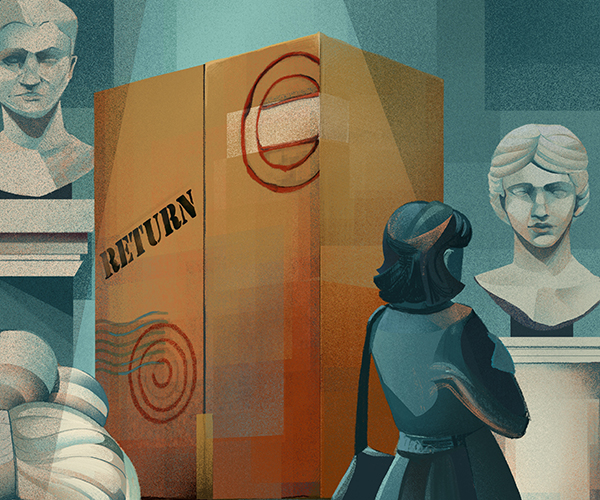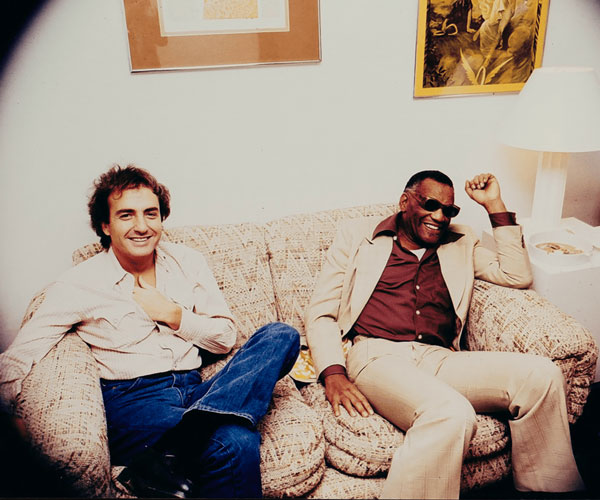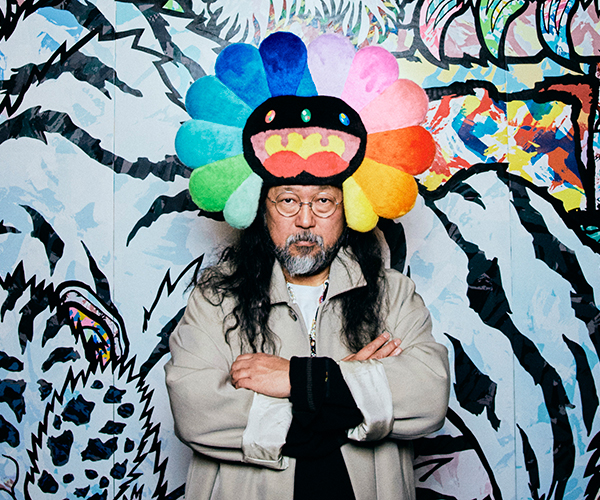Look closely. Those dark, ominous eyes you're staring into may recall a familiar demon. Troy Gua's metallic chromogenic print, The Doctors, superimopses the face of an unidentified man with the visage of the notorious Dr. Sam Sheppard, who was arrested for the brutal murder of his wife, Marilyn, in their Bay Village home in 1954.
He was found guilty and then later acquitted after the U.S. Supreme Court threw out the first conviction citing the "carnival atmosphere" in the courtroom.
"I chose to leave the second man's identity a mystery, echoing the ongoing mystery surrounding each case," says Seattle-based Gua. Nearly 60 years later, see how Gua and 14 other artists from throughout the world portray one of Cleveland's most infamous crimes with A Strange Holiday: An Aesthetic Examination of the Sam Sheppard Case exhibit at BayArts Aug. 8 through Sept. 27.
"There were so many interpretations in the media around the world, I thought it would be interesting to get artists from all different areas interpreting the facts of the case as well," says Ross Lesko, curator and director of the Kenneth Paul Lesko Gallery. "[In] a lot of the pieces, you kind of have to look for the references, because they're often very subtle and abstracted to a certain degree."
The title of the exhibit also references the international media circus that ensued surrounding the Sheppard trials.
On the night before the murder, Sam and Marilyn Sheppard had neighbors over to watch the 1945 thriller Strange Holiday starring Claude Rains on TV, Lesko says. "I thought that was a very interesting side note given the kind of celebratory voyeurism that sort of emerged from the media," he says.
Hung in the Sullivan Gallery at BayArts' Irene Lawrence Fuller House, the site where Sheppard was arrested while visiting his parents at their residence, the pieces allow viewers to have their own conclusions about what really happened to Marilyn.
Cleveland artist Preston Buchtel blends and manipulates reality with his digital collage, Made for TV. The piece uses a Sheppard family vacation photo as the backdrop inside a broken TV juxtaposed against an actual photo from the crime scene.
"You can't show a piece of artwork with the murder weapon because no one knows what it is, and we don't know who the killer is," says Lesko. "All of these things become very distilled down to only what we know about the case, but then it also opens up the whole possibility to the mystery surrounding it."



